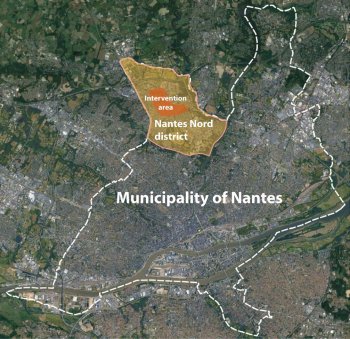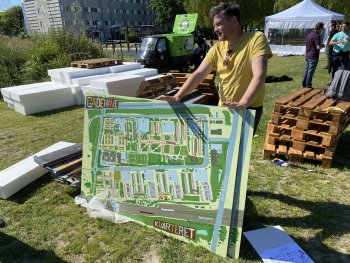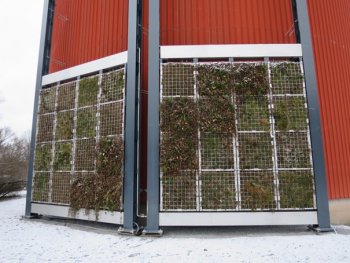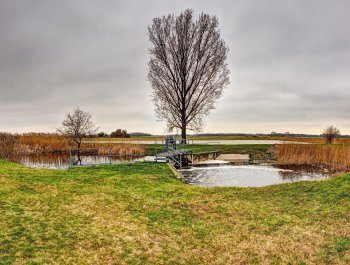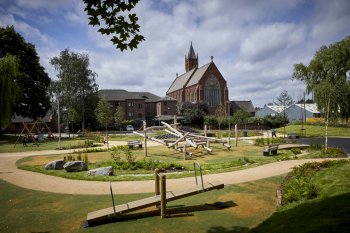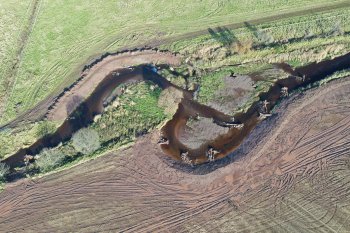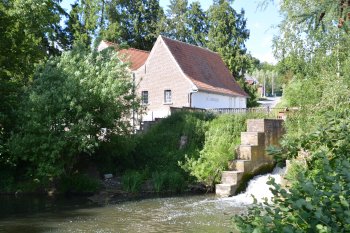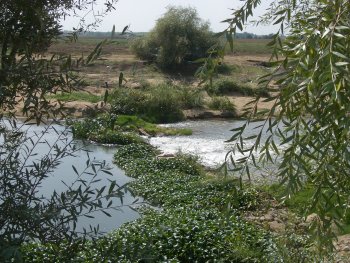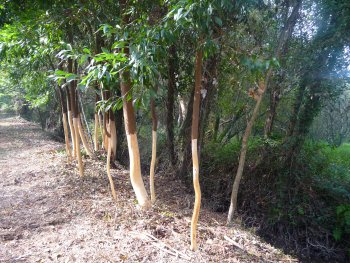Co-Creation of an URBiNAT Healthy Corridor for Nantes Nord, Nantes
The municipality saw an opportunity in URBiNAT as a preliminary to the Global Project. The two projects indeed share the same general objectives of improving the health and the well-being of the inhabitants. URBiNAT also meets the municipality concerns of the co-creation process: the so-called Citizen Dialogue, that the municipality has enforced as a way of doing since 2014. The integration in URBiNAT also allows going further in the co-creation process already existing in Nantes, with especially the co-evaluation phase. The municipality has therefore chosen to integrate Nantes Nord as a...

